(40 products available)
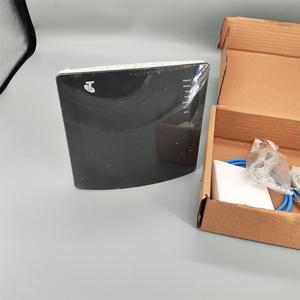
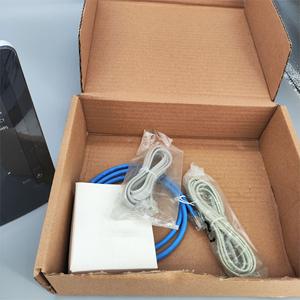
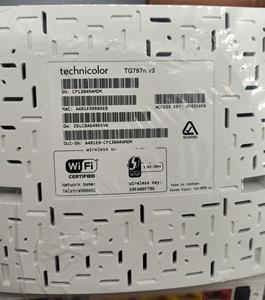
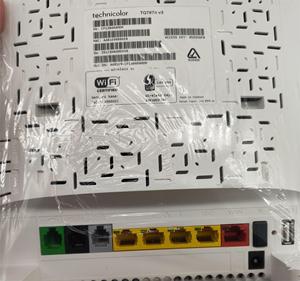















































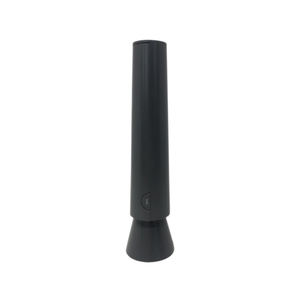
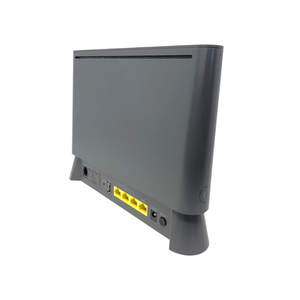
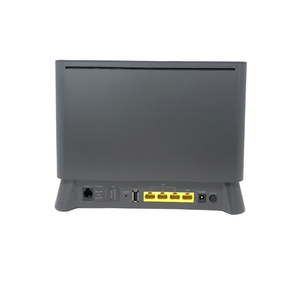




































































































































































A router is an important equipment. Varied types have varied features, speeds, and Wi-Fi ranges. In this section, the popular router types are highlighted.
This type connects to a broadband modem for cable internet access. It has multiple Ethernet ports for wired connections, making it suitable for homes with a lot of devices. Stable and high-speed connections are provided to support activities like streaming and gaming. A mix of wired and wireless networking support is also offered.
This router connects to the internet via a phone line. ADSL and VDSL standards are supported by this type. It is ideal for rural areas where cable is not available. Streaming videos and gaming are supported by built-in Wi-Fi capabilities in modern models. Monthly bills can be reduced by combining DSL access with home networking.
Optical networks are utilized by fiber routers for extremely fast internet access. They perform excellently for video conferencing and 4K streaming, thus suitable for heavy internet users. Usually, these routers are equipped with multiple Ethernet ports for wired connections. Such models are ideal for smart homes because they connect many devices.
This router connects to the internet via satellites. It is ideal for rural or remote areas with no other internet options. Modern models have built-in Wi-Fi to offer wireless coverage. However, slower speeds and high latency make them unsuitable for gaming. They provide basic web browsing and video streaming capabilities.
This router connects devices wirelessly. It uses Wi-Fi to connect smartphones, laptops, and smart devices. This setup provides flexibility and convenience. Home offices and small businesses requiring easy device connections often prefer it. With the development of Wi-Fi 6 technology, faster speeds and better range are expected for congested areas.
Industrial-grade routers are specifically designed to operate reliably in the demanding conditions often encountered in industrial environments. Below are some key industrial applications of any kind of technology router.
Industrial machines, plants, and equipment are monitored remotely by routers. This allows operators to gather performance data and diagnose problems. Production interruptions are reduced by real-time data transmission. Central control over machinery in remote areas is enabled by satellite and cellular connectivity.
Automation equipment, including Programmable Logic Controllers and industrial PCs, are interconnected by industrial routers. This integration enables centralized control and data collection for efficiency. They ventilate the devices and systems to create a more productive work environment. Automation reliability during harsh environmental conditions is ensured by ruggedized designs.
Sensitive operational data is safeguarded through encryption and VPN capabilities provided by industrial routers. Secure remote access to vital systems is enabled without exposing them to public internet vulnerabilities. Data transmission is seamless, allowing for real-time monitoring without sacrificing security.
Old systems that only use serial communications for modern TCP/IP networking are bridged by industrial routers. This preserves previous investments while enabling integration into newer, more efficient systems. Smooth transitions to new technologies are thus facilitated.
Industrial routers support the Internet of Things applications by connecting sensors and devices. Data from these IoT devices is transmitted for real-time analysis, enabling predictive maintenance and quality control. Vast improvements in production efficiency and uptime are gained through this integration.
Technicolor routers are packed with features that enhance connectivity, speed, and user experience. Below are some of the key features of the router.
Simultaneous 2.4GHz and 5GHz bands for improved connectivity and speed are supported by the router. Lag-free streaming and faster downloads are thus provided. Congested areas are cleared up, hence allowing operation on multiple devices without interruption.
Content restrictions and usage scheduling are possible thanks to customizable parental controls. This enhances online safety for children. Peace of mind is provided to parents by directly controlling device access to unsuitable content.
Smart home devices can be seamlessly integrated due to built-in support for smart home protocols. This simplifies home automation systems for easy management through the router.
Up-to-date security protocols ensure the network's safety and data privacy. WPA3 encryption and automatic firmware updates are included. Automatic updates enhance the network’s security level by preventing the exploitation of outdated vulnerabilities.
Simple steps ensure a successful installation of the technicolor router. Below are important steps to follow when installing the router.
Remove the router from the box and ensure all listed items are available. The user manual, power adapter, Ethernet cables, and the main router will be found in the box.
Optimal placement for the router is found. An open, central location is ideal for good coverage. Avoid placing it near thick walls or electronic devices that could cause interference.
Plug the power adapter into the router and then into the electric outlet. Allow a few minutes for the router to power up and establish a connection.
The internet connection should be established next. In cable models, connect the modem to the WAN port using an Ethernet cable. For DSL routers, the phone line should be connected to the DSL port.
Devices can be connected to the network next. Either wired or wireless connections can be used. Using another Ethernet cable, connect a computer to one of the LAN ports for the wired connection. Alternatively, connect to the Wi-Fi network using a smartphone or laptop.
The configuration of the router should now begin. Access the router settings page by entering the provided IP address into a web browser. A username and password will be prompted to log in, which is usually found on the manual. Personal preferences for the Wi-Fi name and password should be set up at this point.
A check for software updates should be performed to ensure everything is up to date. Go to the update section in the settings to install available updates for improved performance and security.
Following a few maintenance tips will keep the technicolor WiFi router in good condition. Below are a few maintenance tips for the router.
Occasional updates ensure the system runs efficiently with the latest security features. This can be done by accessing the settings page and checking for updates. It is very important to update the firmware to eliminate the old bugs and improve the functionality of the router.
To prevent overheating, ensure proper ventilation. Avoid covering the router or placing it near heat-producing devices. Performance issues are reduced, and lifespan is extended with better heat management.
Settings should be regularly backed up. In case of a factory reset or hardware failure, this can easily be done through the admin interface. Reconfiguring will also be easier after the backup.
All cables should be checked occasionally to ensure they are secured and not worn out. Performance issues are solved by reseating or replacing damaged cables.
The router should be dusted regularly to prevent internal component overheating. This can be achieved by gently using a soft cloth or vacuum.
Built-in diagnostic tools can help identify connectivity issues. Log into the router interface to access these features. Do this frequently to ensure optimal performance.
A1: The type of router can be determined by the internet service used. Cable routers connect to cable modems for cable internet. DSL routers use phone lines for ADSL or VDSL connections. Fiber routers connect to fiber-optic networks for high-speed fiber internet.
A2: Technicolor routers with high-speed fiber or cable connections and dual-band Wi-Fi are preferred for gaming. They ensure low latency and fast, uninterrupted connections.
A3: Satellite and fiber routers are ideal for remote areas. These offer high-speed internet access in locations lacking other types of infrastructure.
A4: A dual-band router with beamforming technology should be used for better coverage. Range extenders or mesh systems can also provide larger areas with coverage.
A5: Yes, industrial routers are essential for bridging legacy serial devices with modern Ethernet networks. They provide seamless communication between different system generations.